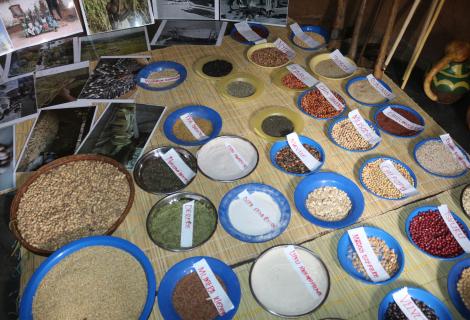
The impacts of climate change induced shocks such as Cyclones Idai and Kenneth and the worst drought experienced in the past three decades, have put Zimbabwe’s food security in a precarious position and the worst in the Southern African Development Community (SADC) region. The region has close to 44.8 million people estimated to be food insecure as of July 2020, representing an 67% increase from 2017 (26.9 people) and a jump of 10% from just a year ago (41.2 million people) (SADC 2020). Close to 7.7 million people in Zimbabwe were estimated to be food insecure as of July 2020, representing a 40% increase from 2019 (5.5 million people) (SADC 2020). Maize production dropped in 2019 to 770 000 tonnes from a high of 2.155 million tonnes in 2017. Wheat production dropped from 160 000 tonnes in 2017 to 94 700 tonnes in 2019 but picked to a high of 190 000 tonnes in 2020. Clearly, rainfed agriculture suffered more pointing to the need to invest more in mitigating against environment shocks. The Zimbabwe National Agricultural Policy Framework adopts agroecology as the anchor to resilient and sustainable agriculture.